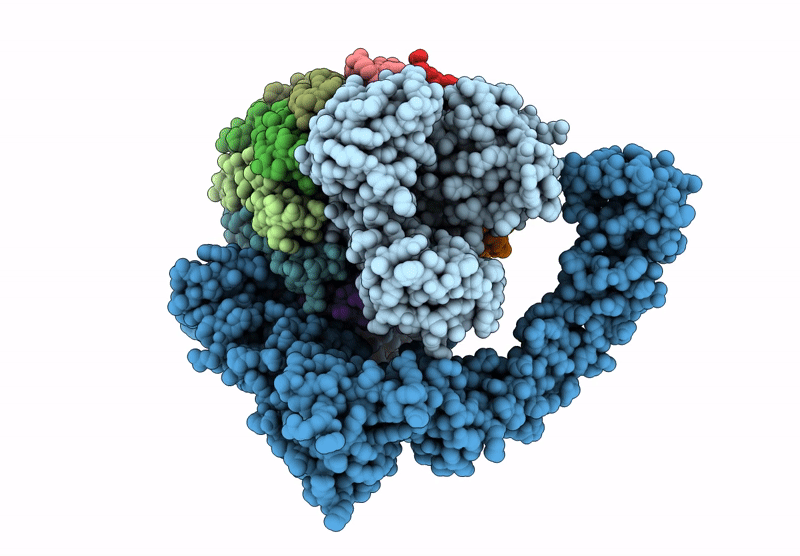
Deposition Date
2024-04-03
Release Date
2024-12-04
Last Version Date
2025-07-02
Entry Detail
PDB ID:
8YXZ
Keywords:
Title:
Vo domain of V/A-ATPase from Thermus thermophilus state1
Biological Source:
Source Organism:
Thermus thermophilus HB8 (Taxon ID: 300852)
Host Organism:
Method Details:
Experimental Method:
Resolution:
3.00 Å
Aggregation State:
PARTICLE
Reconstruction Method:
SINGLE PARTICLE


